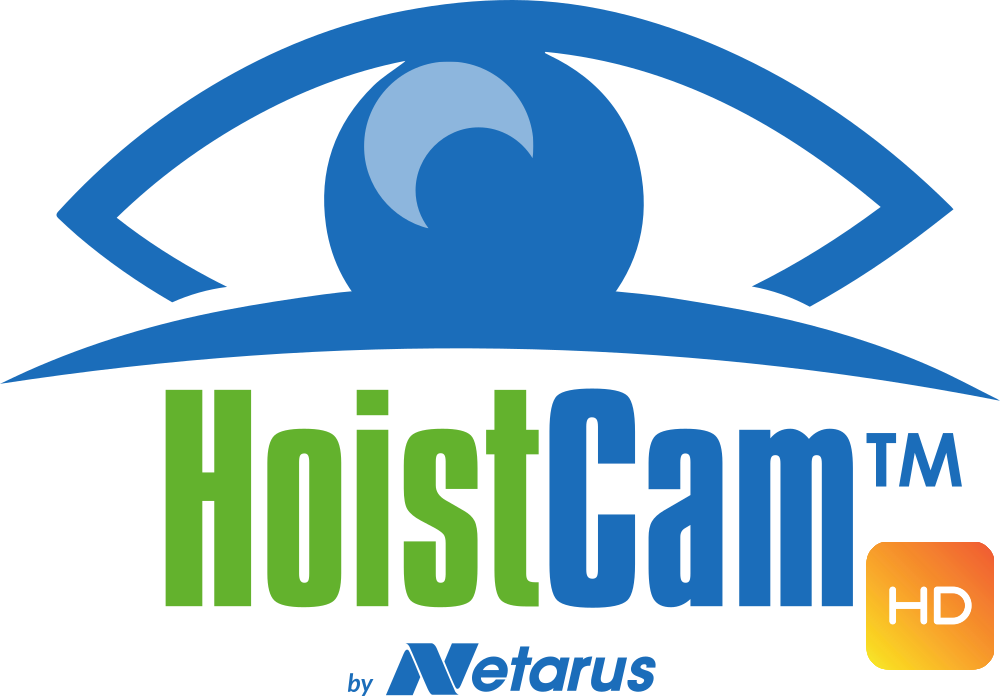Boom Tip Mounting vs Hook Block Mounting of Cameras on Cranes – Part One
When mounting cameras on cranes, there are a couple of ways that can be beneficial. With these cameras, HoistCam places the eyes of the crane operator anywhere on the job site that he needs to see. The modular frame work of the camera system allows it to be placed on the hook block, the winch, or the boom tip. With HoistCam’s cameras on cranes, the crane operator, site manager, construction foreman, and any other needed personnel can monitor and record any area of the project. With visual contact available anywhere, both safety and efficiency is greatly improved.
In this article, we will focus the benefits of mounting the camera on the hook block.
- Easy to mount magnetic system – HoistCam’s system is created to mount easily and quickly, allowing you to move it and maneuver it as often as needed. The magnet system attaches quickly to the hook block without the need for a myriad of tools. The safety lanyard works as an added precaution to secure the camera system.
- Detailed view of lift to verify safe load placement – With HoistCam’s cameras on cranes attached to the hook block of the crane, the crane operator gets a detailed view of each and every lift. This enables him to verify that the load is safely secured and helps eliminate the danger of falling materials.
- Stable view of the load – Another benefit of having HoistCam’s cameras on cranes mounted on the hook block is that it gives the crane operator a stable view of the load through the entire life. Not only can he verify load placement and ensure that the cargo is safely secured, he can also watch throughout the entire lift to make sure that no obstructions are in its path.
In our next article, we will explore the benefits of mounting HoistCam’s cameras on cranes to the Boom Tip. Remember, HoistCam’s camera system allows for more than one camera to be fed back to the crane cab, so both methods of mounting are possible on your project.


